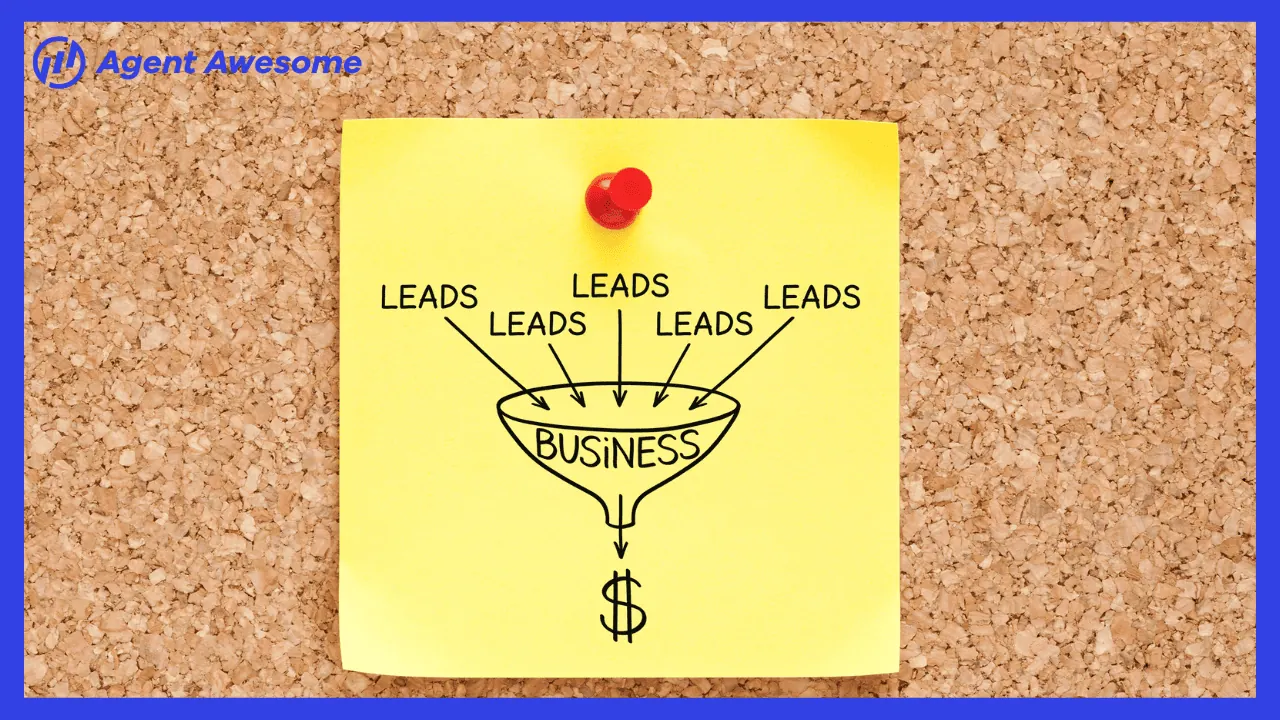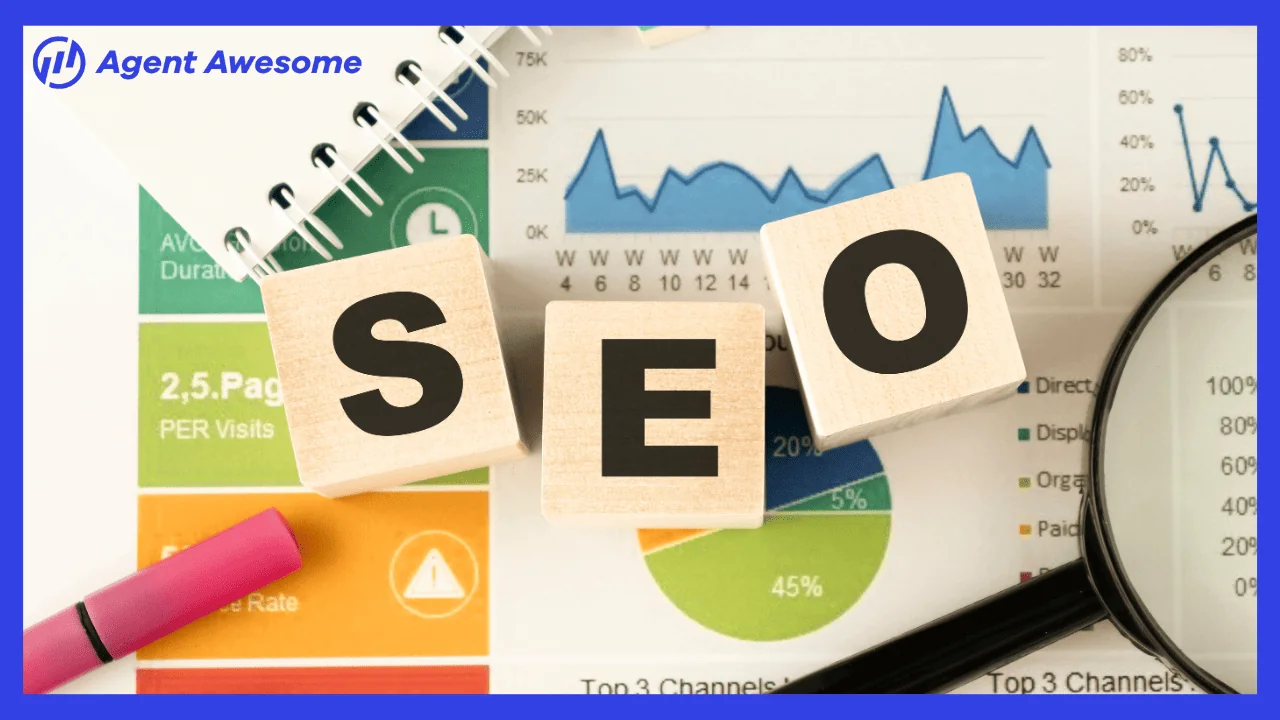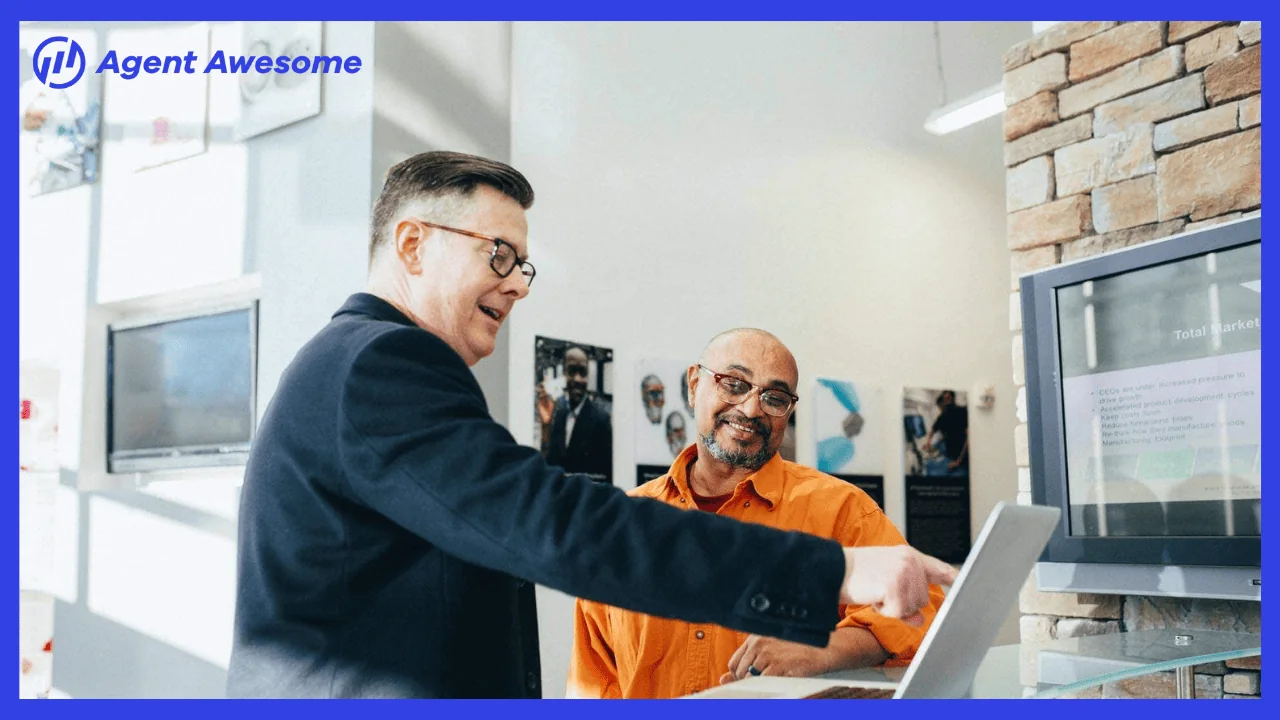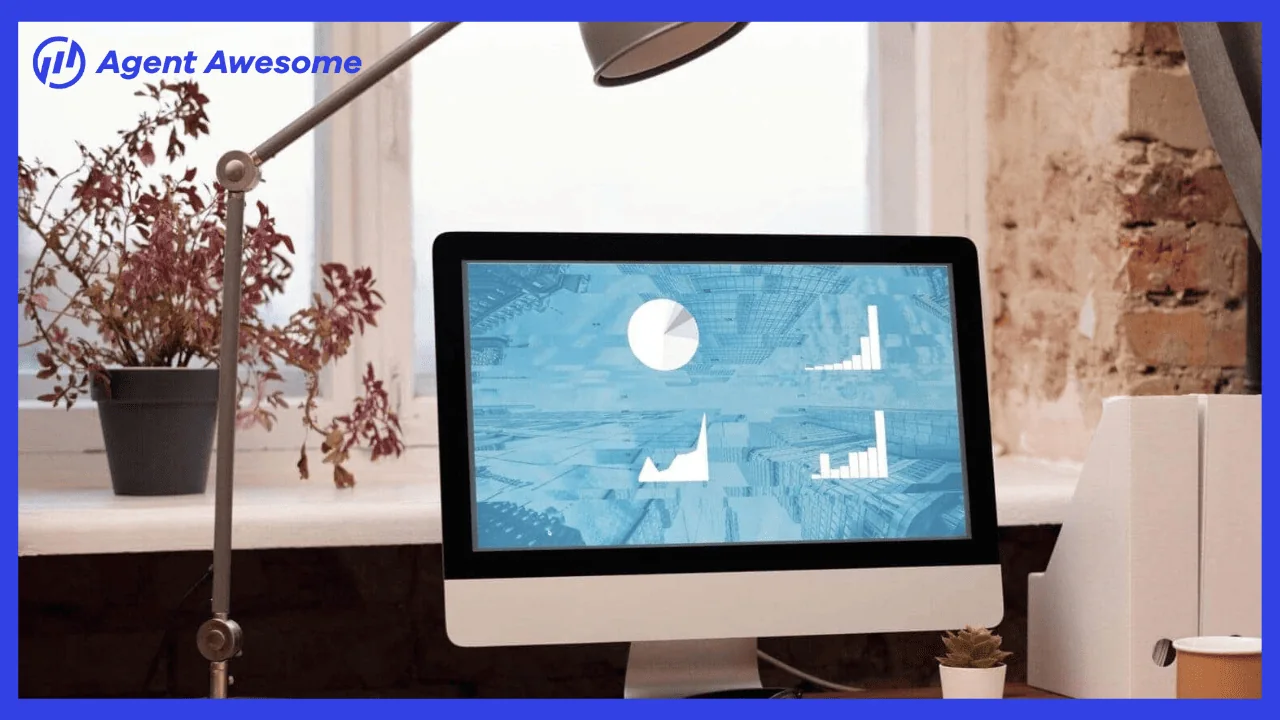Landing Page SEO in 9 Easy Steps
Whether you’re a start-up or an established company, you need to drive leads and increase conversions through your landing page. But here’s the thing. No one will know what you offer unless they can find you. How does that happen? By generating traffic to your landing page.
And you can only generate traffic if you take SEO seriously.
If the letters “SEO” bring confusion or despair, take a deep breath. This article will give you the basic tools to develop a landing page SEO strategy to achieve a high Google search ranking and increase conversions.
What is SEO?
SEO stands for “search engine optimization.” It is the process of making sure a website’s content is understandable by Google so that it shows up in search results when someone types in a relevant search term. In layman’s terms, it’s what your website needs so that your customers actually find you in the big, bad world of the internet.
If you type “how do i grow my business” into Google, the search engine results page (SERP) will look something like this:

The results that appear are pages that have been optimised to rank for the search term “how do I grow my business.” That optimization is why some sites get found on the first page of Google and others get buried on the second or forty-fourth page. Keep in mind that sometimes, you’ll see results that are marked as “ads.” These sites paid to get that spot and may not always be the most accurate result.
Now, let’s be honest. You want to be on page one of Google’s search results. Anything not found there is unlikely to be read.
Google wants to help the person behind the search find the result that most closely resembles the phrase entered in the search bar. Based on the SEO elements within every page on the Internet, the ones most related to “how do I grow my business” are selected by Google and displayed on the search page results, starting with the most relevant.
What is Landing Page SEO?
Landing page SEO is a type of optimization for a stand-alone web page with a specific call to action. When your landing page is “SEO optimised” it means that it has features that make it appealing to Google or other search engines.
You’re probably asking, “What are these ‘features’ you’re talking about?” That’s a good question and we’ll answer that in a bit.
The big difference between a landing page and a typical page on your website is that the landing page is designed to do specific things: capture leads, generate sales, and, possibly, funnel visitors to another page.
But there’s more. The goal of an SEO-optimised landing page is not simply to convert. It must rank high in the eyes of the internet search gods. You can’t sell what people can’t find. Likewise, if customers find your page, but there’s no compelling content or clear call to action, you won’t make the sale. We’ll show you how to do both.
Before we do that, let’s get familiar with Google’s search algorithm.
Google’s Search Algorithm and Your Page Ranking
Imagine the internet is your kitchen’s junk drawer. Google would be the best drawer organiser on the planet. At the most basic level, that’s what Google is: the largest, most efficient organisational system for the world’s digital information
Chances are if you’ve been banging your head up against the virtual wall trying to get your landing page to breakthrough, Google’s infamous algorithm can feel like a mystery. How do I crack the code?
The word “algorithm” is a fancy word for a process or set of rules to be followed. When someone enters a phrase in their web browser’s search bar, it takes a fraction of a second for Google’s algorithm to decide what pages are desirable to the searcher based on that phrase. If you want your landing page to “look attractive” to Google, then it needs to follow these rules!
Now, wouldn’t it be nice if every landing page for your business was the top result in your keyword Google search and had an amazing conversion rate? Unfortunately, there’s no secret sauce to getting your landing page to appear on that coveted first page. It doesn’t help that Google’s search algorithms are constantly changing the rules.
Still, don’t throw your hands up in defeat wondering how you’ll ever be found online. There are some tried and true strategies that will increase the likelihood of getting your landing page to rank well and get the conversions you want at the very same time.
How to Build a High Ranking Landing Page that Converts
Now that you know the basics of SEO and search engine algorithms, here are the steps to get your landing page to rank higher and gain more conversions.
1. Choose Your Keyword Strategy
Your keyword strategy is the foundation of an optimised landing page. The most important thing to remember is to use keywords based on the searcher’s intent, not your preference.
More than choosing one keyword, however, focus on developing long-tail keywords (i.e. more specific phrases).
For example, use “white fluffy couch pillows” rather than “pillows.” It will help your page rank and also increase conversions because the searcher wanted to find you.
As you write your copy, use your keywords naturally. Remember you’re writing for humans, not search engines! That means avoiding keyword stuffing. That’s a no-no and Google penalises you for it.
If you aren’t sure what words to use, do some keyword research to help you find organic keywords, related keywords, and even what your competitors are using to rank their pages.
2. Help Search Engines Understand Your Content Structure
It’s not just enough to get the right keywords into your page. You need to help the search engines recognize what’s there (i.e. following those algorithm “rules”). Here’s how you do that:
- Title tag: The page title should be short and you should include a keyword in the title, preferably at or near the beginning. Less significant words should be at the end.
- Meta description: A meta description succinctly summarises what’s on the page. It should have your keyword (preferably long-tail) and convince the user to click on the link in search results.
- Headings: A major section should be in an H1 heading tag. Work your keywords into any H1 headings. Break up any content into smaller sections using H2 or H3 headings. Use secondary keywords as possible.
- Internal links: You can link to your own website with appropropriate anchors, preferably the linked pages’s keyword. Doing this helps search engines understand what’s happening on your landing page.
- Images, videos, and Alt tags: Including images and videos on a page shows search engines that your content is valuable. Use keywords in the file name, title, and alt tags. Using the alt tag allows the search engine to understand what’s in the picture.
3. Select the Most Logical URL
Your landing page can have one of two URLs: a unique URL unrelated to your website or a URL that is a subfolder of your domain (e.g. yourname.com/sale, with “sale” as the subfolder).
Using a subfolder is the better option because it allows you to take advantage of your established domain authority. With the subfolder name, keep your URL under 60 characters; ideally, between 50-60 characters.
4. Quality Content…but Not Too Much
Content is king. That’s always been the rule for copy-even before the internet existed! The problem with landing pages is that often they are short. Some even have few to no words at all.
It’s tempting to want to pack more in (like those keywords!) to help your ranking. But remember that Google doesn’t like that. Keep in mind also that a long landing page makes for a bad user experience, which can increase bounce rates.
As a general rule, your landing page should have just enough content that the visitor has everything they need to understand what you offer and make a decision. And nothing more.
A good example of this in action is what SendInBlue does on their ‘Email Blast Service’ landing page.
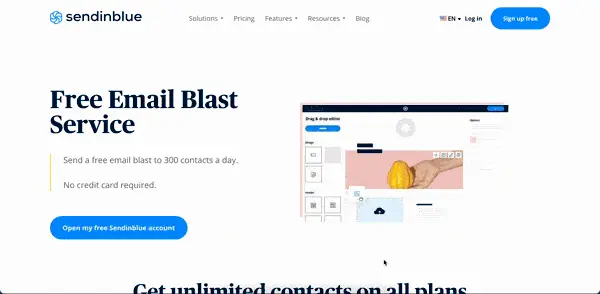
Why does their landing page work? Couple of reasons. Here are the main ones:
- They have a clear Call To Action or CTA. it is at the top of their page where they invite visitors to ‘open a free SendInBlue account’.
- They have just the right amount of content paired with just the right number of visuals.
- A simple pricing table with features and monthly costs are listed at the bottom so users can easily make a choice on what is right for them.
- The page, while visually appealing, is still simple using only a couple of colours and no fancy fonts.
Keeping design and content in mind is imperative if you want a landing page that converts.
5. Build Backlinks
Backlinks are links from other platforms to your website. If a respected and high-ranking site links to your website, it will boost your landing page SEO. Think of them like a search engine election vote for your page.
All backlinks are not equal though. Getting a dofollow link from a high authority site like Forbes is much more valuable than a bad link from a spammy link farm. You can get links back from websites by guest posting on them with quality content or by giving them a quote they can use in an article. Those are the two most common ways but there are plenty of others as well.
Getting backlinks is especially important if you are a small site that is still growing. For example Ozark Armament is a small business that went from a domain rating of 0 to 26 by getting only 81 dofollow backlinks from good websites.

When you are trying to figure out what backlinks move the needle, take a look at what your competitors are doing. You can do this by going to Ahrefs, putting in your competitors domain name and looking at what sites are linking back to them.
The logic in this method is twofold-
- If the website has linked to your competitor, odds are they are open to linking to you as well.
- If the link has helped build your competitor’s website, it could help yours as well.
Backlinks are a great way to boost your website’s ranking in the eyes of Google and other search engines.
6. Add Visuals
Pages with images and video are more pleasing to the visitor and reduce bounce rates. Visual content is also easier to digest and remember. Think about it: if you have to read long blocks of text, you’ll give up quickly.
Research shows video drives more engagement, which, you guessed it, increases your rank and increases conversion rates. Check out Airbnb’s landing page (which is actually a looping video). Doesn’t it make you want to click?

7. Share the Goods
This one’s simple. Place your social share buttons strategically and make sure they include the number of times the page has been shared. Users will be more likely to click and share if they know others have.
8. Pay Attention to Your Page Loading Speed
Page speed affects search rankings. Quick loading provides a user-friendly experience. Slow page loading speed can increase bounce rates because users get frustrated and click away from your site. The main culprit for slow pages is large images, so reduce their size. Have a video or one as the entire background? That can slow things down. Make sure you know how to compress a video.
Speed also matters once your customer is ready to make a purchase. You don’t want a visitor to bounce because of cart loading times, so optimise your checkout page, too.
You can give your page a test run on Google PageSpeed Insights to see how it shapes up.
9. Reevaluate Your Calls to Action
How is your call to action (CTA)? Is it boring and stale or does it pop? Use dynamic phrases that engage the user’s attention and drive them to action. Do this by choosing a powerful command verb and then emotive words that provoke excitement and anticipation. Instead of “Subscribe,” try “Make Your Inbox Happy Again.”
Carefully crafting your CTA with your keywords will positively impact your ranking. Making it clear, compelling, and emotion-driven will generate more clicks and, therefore, conversions.
For example, the Law Offices of Jay Knispel, have a CTA that mentions a free consultation to draw the visitor in:
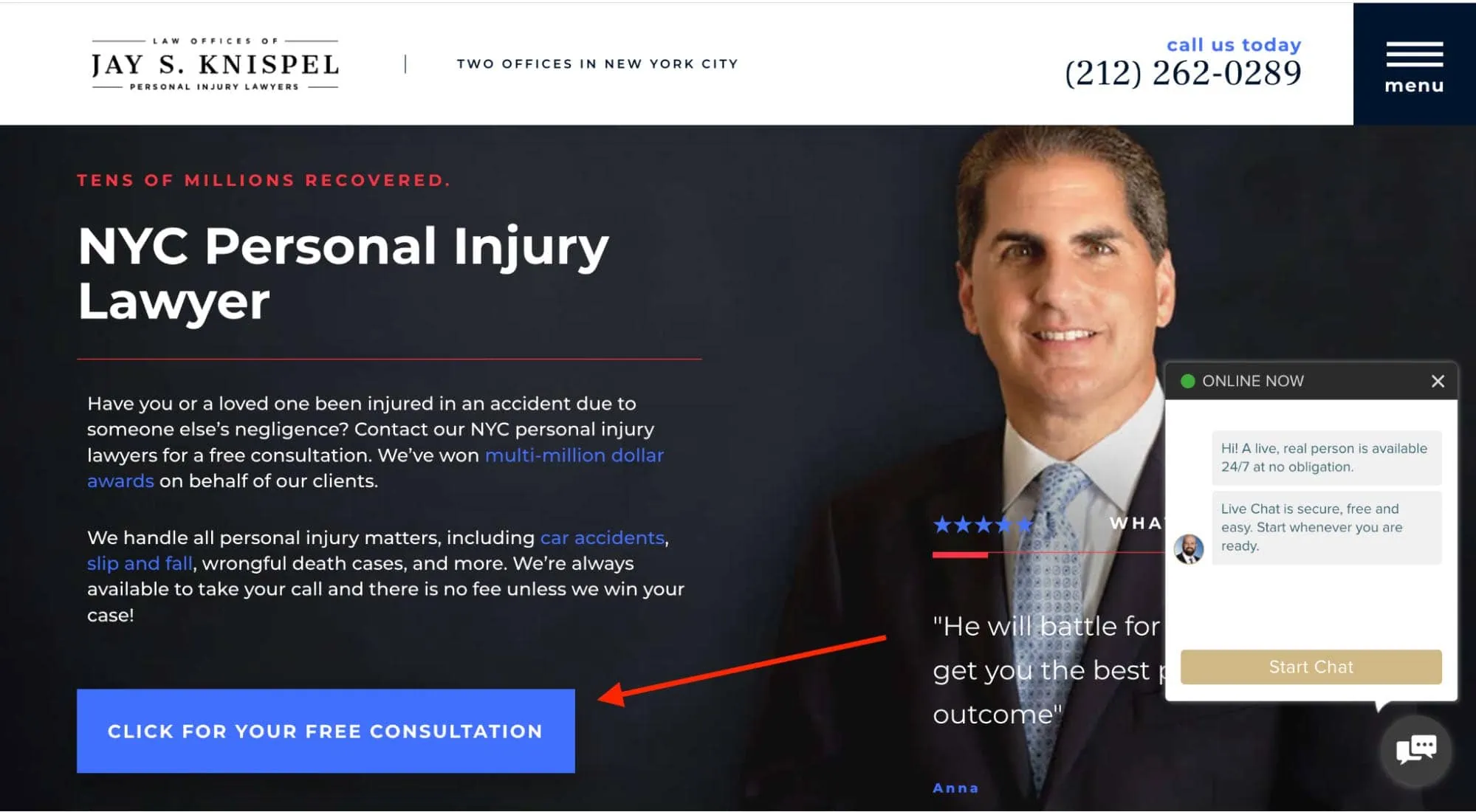
Speaking of CTAs that convert- according to HubSpot, personalised CTAs perform 202% better than basic CTAs.
What is a personalised CTA?
A call to action that uses visitors’ behaviour to display a CTA that they are more likely to engage with. This could be done by using information like psychographic segmentation, IP address, location, browser language, demographic segmentation, etc.
More and more companies and brands are using personalised CTAs to bring in leads.
Wrapping It All Up
Your customers can’t use your product or service if they can’t find you. That means optimising your landing page SEO is not a luxury. Think of it as the first step in how to build a sales process.
If you use the strategies outlined above, you will boost organic traffic to your landing page and convert visitors into customers.
Whatever you do, start optimising today. You may not notice a difference overnight, but with the right changes, over time, your page will gain traction and the leads and sales will start pouring in.



